Roof Repaired... Now what?
Winger79
11 years ago
Related Stories
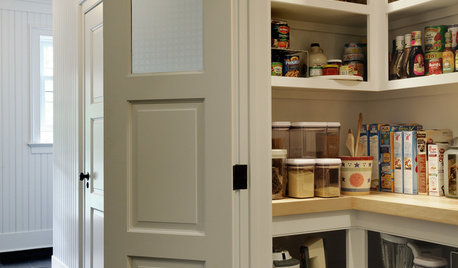
HOUSEKEEPINGAll Together Now: Tackle Home Projects With a DIY Co-op
You're in good company when you pair up with a pal to clean, organize, repair and replace
Full Story
VACATION HOMESHouzz Tour: Moss-Covered Lakeside Cottage Now a Modern Marvel
A 1949 Michigan weekend cottage with a sunken roof gets a makeover that stays true to the house's humble roots
Full Story
KITCHEN DESIGNHistoric Stone Barn Now a Country Farmhouse Kitchen
A designer carves out a cooking and dining space while carefully preserving the protected 17th-century structure
Full Story
MODERN STYLEHouzz Tour: Three Apartments Now a Three-Story Home
A grand new staircase unifies a sophisticated, industrial-tinged London townhouse
Full Story
HOME INNOVATIONSNow Approaching the Emerald City
Urbanites are spraying moss graffiti on walls and covering roofs in plants — and city regulators and designers are supporting the cause
Full Story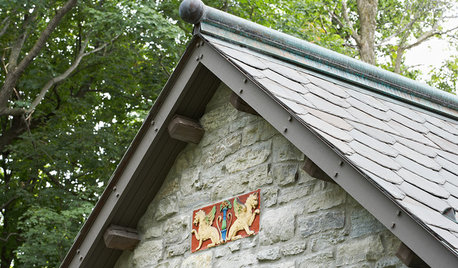
ARCHITECTUREKnow Your House: Learn the Lingo of Rooftops
Knowing the language of rooftop design will help you through your next repair or remodel project
Full Story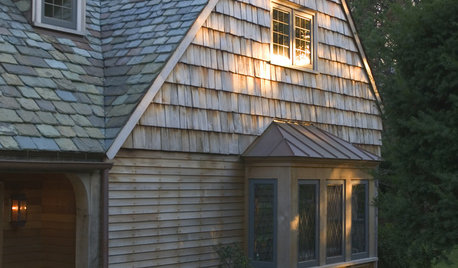
EXTERIORSRoofing Materials: Slate Makes for Fireproof Roofs That Last
It stands up to weather and fire without losing its high-end look. But can your budget handle it?
Full Story
SAVING WATER6 Reasons Why You Should Save Your Rainwater Now
Collect and store during the rainy season so you’ll have water ready for irrigation when you need it
Full Story
URBAN GARDENSOnce a Barren Rooftop, Now a Serene City Getaway
An outdoor shower and dining area atop a Manhattan penthouse? Stop rubbing your eyes and start checking it out
Full Story
BACKYARD STUDIOS12 Garden Sheds and Cottages We Love Now
Get inspiration from these inviting backyard spaces that house offices, guest quarters, garden storage and more
Full Story





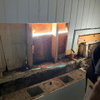
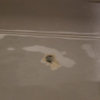

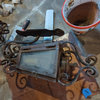
User
cas66ragtop
Related Professionals
Beverly Hills Kitchen & Bathroom Remodelers · Bryan General Contractors · Chowchilla General Contractors · Davidson General Contractors · Dothan General Contractors · Merrimack General Contractors · Allen Painters · Aurora Painters · Decatur Painters · Easton Painters · Fountain Painters · Kansas City Painters · Kiryas Joel Painters · South Ogden Painters · Thornton Paintersalan_s_thefirst
akamainegrower
cas66ragtop
live_wire_oak
Winger79Original Author
dkenny